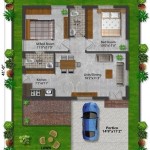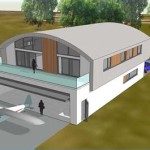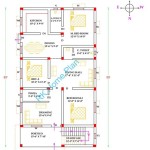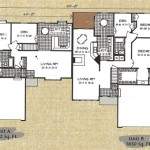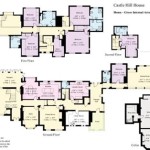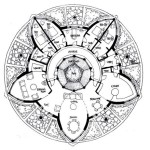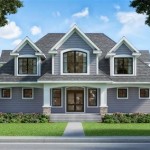Essential Aspects of Tiny Homes House Plans
Tiny homes have gained immense popularity due to their affordability, sustainability, and unique living experience. When designing a tiny home, it is crucial to consider various aspects to ensure a comfortable and functional living space. Here are some essential factors to keep in mind:
1. Space Planning
Space planning is paramount in tiny homes. Every square foot must be utilized efficiently. Creating a floor plan that optimizes the available space while incorporating essential areas is essential. Consider the layout of the sleeping, cooking, bathing, and living zones to maximize functionality and comfort.
2. Multipurpose Spaces
Multipurpose spaces are vital in tiny homes to maximize functionality. For instance, a loft can serve both as a sleeping area and storage space. A sofa can double as a bed, and a dining table can be used as a workspace. By incorporating multipurpose features, you can create a versatile and space-saving living environment.
3. Natural Light
Natural light can significantly enhance the ambiance and spaciousness of a tiny home. Incorporating large windows, skylights, or French doors allows natural light to flood the interior, making it feel brighter and more airy. Additionally, using light colors and reflective surfaces can help amplify the available light.
4. Storage Solutions
Storage is crucial in tiny homes. Utilize every nook and cranny for storage by incorporating built-in cabinetry, under-bed storage, and vertical shelving. Consider using fold-away furniture, stackable containers, and multi-level storage systems to maximize space efficiency without compromising functionality.
5. Electrical and Plumbing Systems
Proper electrical and plumbing systems are essential for the comfort and convenience of a tiny home. Consult with professionals to design an efficient system that meets your specific needs. Consider energy-efficient appliances and lighting fixtures to minimize utility bills.
6. Ventilation and Insulation
Adequate ventilation is crucial in tiny homes to maintain a healthy and comfortable indoor environment. Install windows that allow for cross-ventilation and consider using a ventilation fan to improve air circulation. Proper insulation is also essential to regulate temperature and reduce energy consumption.
7. Outdoor Space
Even though tiny homes are compact, incorporating outdoor space can significantly enhance the living experience. A small deck, patio, or balcony provides an area for relaxation, outdoor dining, or gardening. Outdoor space can also serve as an extension of the living area, creating a sense of openness.
8. Legal Considerations
Before building a tiny home, it is essential to check local building codes and zoning regulations. Some areas may have restrictions regarding the size, placement, and design of tiny homes. By ensuring compliance with local laws, you can avoid potential legal issues.
Planning a tiny home requires careful consideration of various aspects to create a comfortable, functional, and sustainable living space. By considering space planning, multipurpose spaces, natural light, storage solutions, electrical and plumbing systems, ventilation and insulation, outdoor space, and legal considerations, you can design a tiny home that meets your unique needs and enhances your living experience.

Tiny House Floor Plans With Lower Level Beds Tinyhousedesign Design

27 Adorable Free Tiny House Floor Plans Small

Tiny House Floor Plans Design Your

A Three Full Bed Tiny House Design Floor Plan With Twin And Queen Upstairs No Storage Loft Plans Small

Tiny House Plans That Are Big On Style Houseplans Blog Com

27 Adorable Free Tiny House Floor Plans Craft Mart

Tiny House Floor Plans 32 Home On Wheels Design

The Athrú Tiny House Humble Homes

2 Bedroom Tiny House Plans Blog Eplans Com

10 X 20 Tiny Home Designs Floorplans Costs And Inspiration The Life

